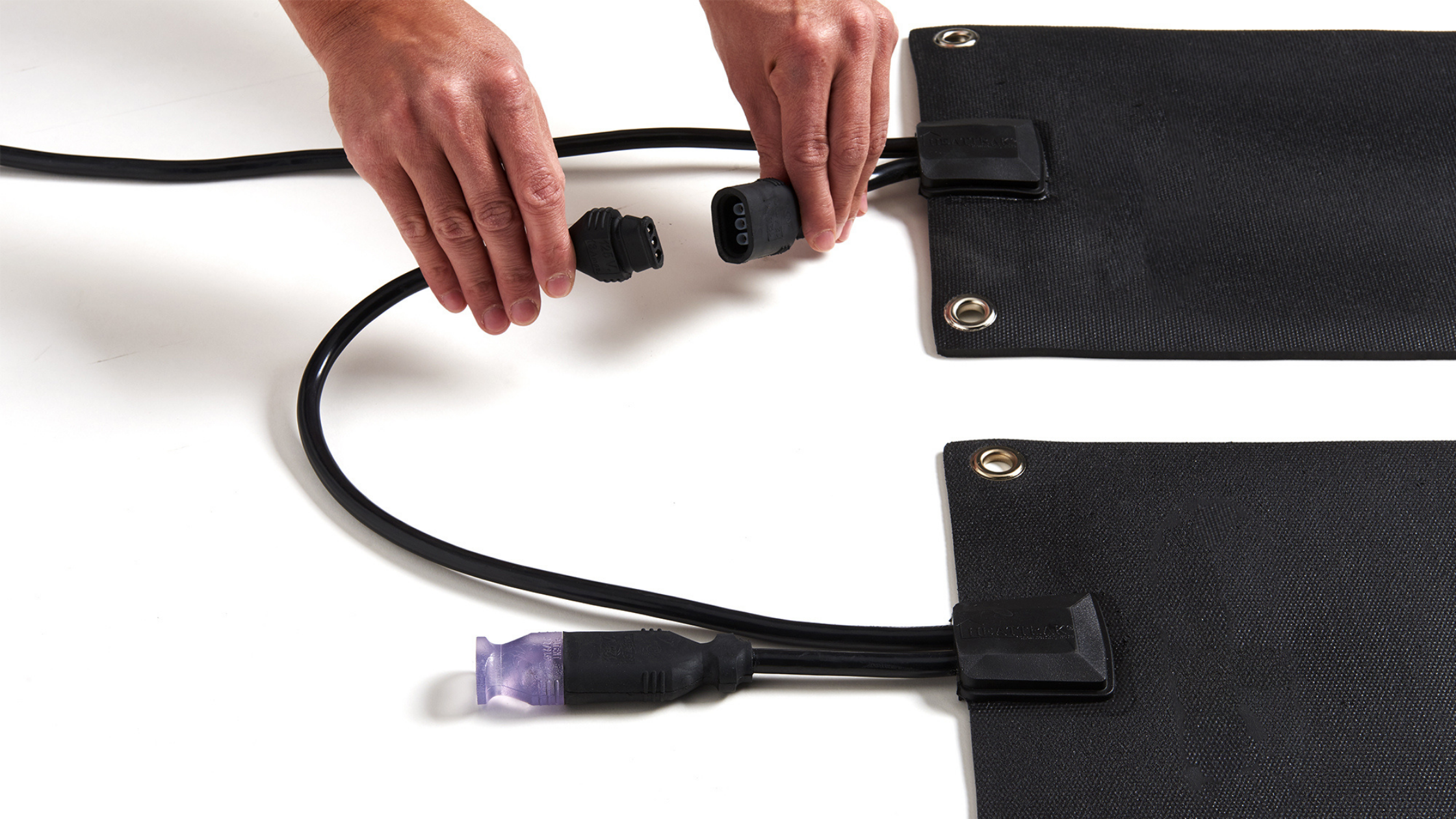Winter can be a tricky time, especially when it comes to navigating slippery driveways and icy walkways. For many, snow melting mats have become an essential tool to keep surfaces safe and navigable. As they grow in popularity, an important question emerges: Can you drive on snow melting mats?
Understanding Snow Melting Mats
At their core, snow melting mats like those available from several manufacturers, including HeatTrak, are designed to eliminate snow and ice from pathways, stairs, and entrances. These mats, which utilize electrical heating, warm up to a temperature effective for melting snow, ensuring safer conditions for pedestrians during the frosty seasons.
Constructed to withstand cold temperatures, many of these mats also come with a moisture-resistant exterior to ensure durability and longevity.
The Vehicle Verdict
The crux of the matter is understanding the different types of mats available. According to an update from HeatTrak on November 11, 2019, they offer driveway mats specifically designed to be driven on. Impressively durable, these mats can bear the weight of vehicles and are meant to be laid out as tracks for one of the car's tires. With this clear track, vehicles can smoothly navigate in and out of snow-covered driveways.
On the flip side, HeatTrak’s residential snow melting mats for walkways, stairs, and entrances are crafted for foot traffic only. That means they aren't designed to withstand the weight and pressure exerted by vehicles. However, a noteworthy exception exists with their commercial mats, which are designed robustly enough to be driven on.
Best Practices and Recommendations
Differentiating between pedestrian and vehicular mats is crucial when considering the installation of snow melting mats. For homeowners or businesses, while regular snow melting mats are perfect for pedestrian areas, driveways demand specific mats designed to handle vehicular pressure.
If you're eyeing a solution for driveways, it's essential to opt for mats engineered for vehicle weight. These mats ensure consistent melting across the surface, giving you a clear, snow-free driveway throughout winter.
For pedestrian areas, like entrances, stairs, and walkways, traditional snow melting mats are a great fit. However, always remember to avoid driving over these to ensure their longevity and maintain safety standards.
Conclusion
Snow melting mats, including premium offerings from brands like HeatTrak, have transformed the way we handle winter's icy challenges. However, it's vital to use them as intended. Their nuanced designs and specific construction criteria make them ideal for their designated areas, be it for pedestrians or vehicles.
When searching for a snow melting solution, always align it with your exact needs. While snow melting mats are ideal for most pedestrian areas, driveways demand a more robust solution built for the weight of vehicles.
Stay informed, make the right choice, and navigate the winter with confidence and ease!


